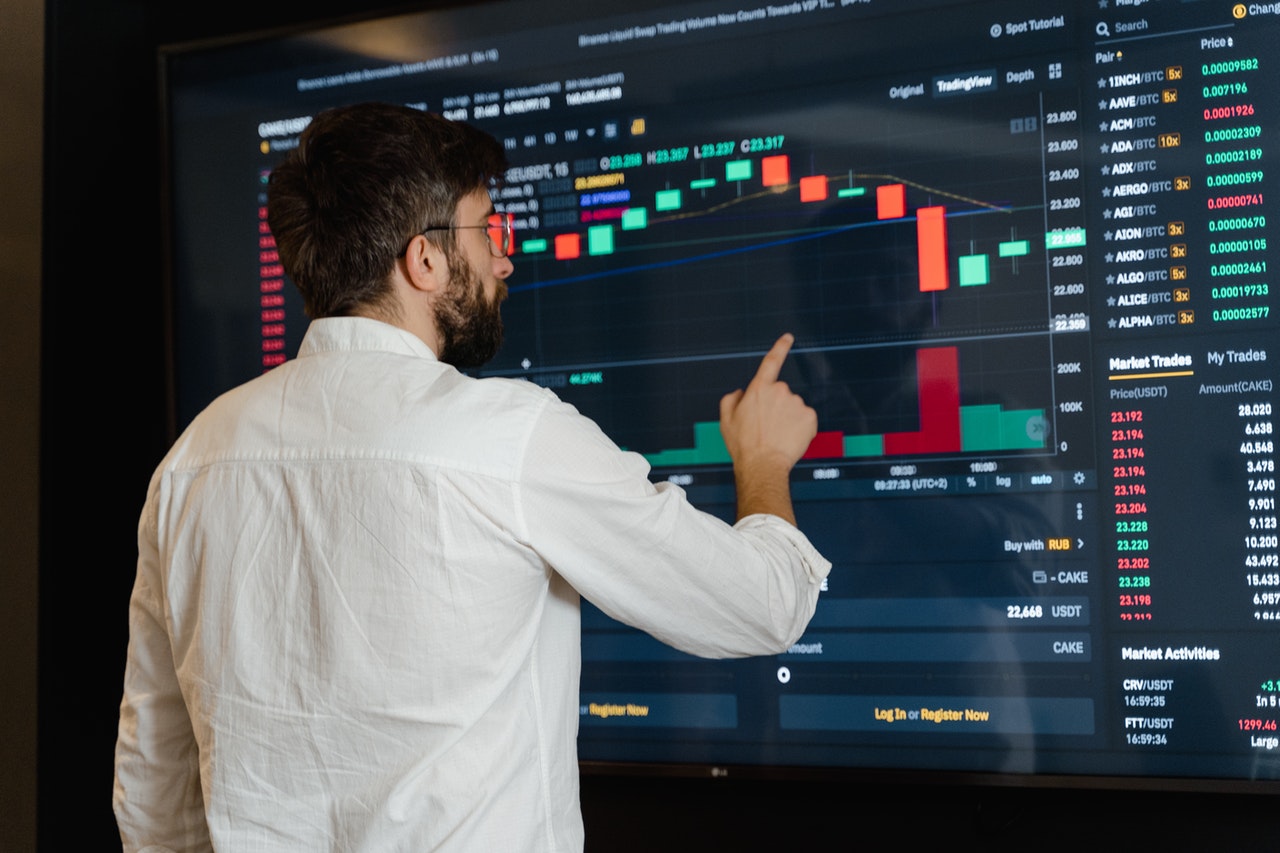The foreign exchange market is a booming industry and the most liquid. The evolvement of the forex market from the old days of trading via phone is evident in several areas of the trading arena. Forex trading is no longer a restricted market with apparent disparities between dealer-customer traders and interdealers.
Today, there is transparency, more accurate forecasting of the price movement, sophisticated trading tools, better market research, faster processing speeds, and advances in the interaction between traders and their service providers. One of the rapidly advancing technologies in forex trading is algorithmic trading.
What is Algorithmic Trading?
Algorithmic trading might sound like a very complex concept for some forex traders. Some people might even assume that you need to be well-versed with computer programming languages, data science, or machine learning for you to be an algorithmic trader. The truth is you do not have to be all that to be an algorithmic trader though knowing the fields would help to make the concept more accessible.
Algo trading or algorithmic trading is the application of automatic trading via a computer-based and customized platform. In essence, algorithmic trading is a forex trading strategy with pre-set directives intended to operate on autopilot. The orders are in code format that instructs trading software fitted with an internal algorithm on when to sell or buy a currency pair.
The complex algorithm takes into consideration several variables and analyses, such as chart analysis, price movements and arbitrage, volatility, and other technical trading indicators
5 Types of Algorithmic Strategies
There is a plethora of commonly utilized trading methods, each of which differs significantly in various complicated ways. The world’s brightest brains and most advanced algorithms are continuously devising new tactics and refining existing ones to improve their effectiveness. The following are the most common algorithmic strategies.
1. Index Rebalancing
Whenever there is substantial investing of an account in an index fund, such as pension or retirement funds, the fund needs regular balancing in response to changes in the underlying financial assets. When or before this occurs, an algorithm may benefit from the predicted transactions. Even though this might seem simple, a fraction of a second can prevent a trader from accessing a trading platform with enough advanced algorithm investing skills to capitalize on this chance in the same way that a hedge fund would.
2. News Based Strategies
Economic factors, and political events, can sometimes have an impact on foreign currency markets. The greater the significance of the event, the higher the likelihood of significant price changes. Algorithmic trading methods based on news create trading alerts based on real-time data. Such transactions are usually brief, spanning from a few seconds to a few minutes.
The amount of profits lost due to the time mismatch between the signal and the implementation (Slippage) is another factor to consider when using short-term trading methods. Slippage is essential in transactions that depend on quick entry and exits than swing trades that may continue for days.
3. High-Frequency Arbitrage
Trying to get ahead of arbitrage across markets is easy to accomplish via the use of high frequency transactions performed in nanoseconds. High-frequency arbitrage is a complex plan not suited for those starting in their trading endeavors. The strategy earns tiny sums of profit over a large number of transactions, sometimes thousands, or even hundreds of thousands of dollars.
Many of these techniques are only available to hedge funds and investment banks, among other places. Being successful in this area often necessitates a substantial financial commitment.
4. Trend-Based Strategies
Keeping up with trends to identify when they are about to reverse is the most straightforward and popular strategy in the forex trading market. One of the most preferred trend-based strategies is moving averages. Whenever the moving average begins to trend lower, the algorithm may interpret this as a signal to place sell orders on the market.
5. Mean Reversion
After experiencing large price fluctuations, many currency pairs and equities tend to revert to their historical norms. Trading methods that use mean reversion try to purchase at the bottom of a bear market and sell at the top of a bull market hoping that prices will return to the average.
Wrapping up
Algorithmic trading is complex to understand for novices and even some experienced forex traders. However, the good thing is that many trading platforms offer algorithmic trading strategies, with the most popular being MT4.
Algo trading is innovative, appealing, and it helps to remove the usual human errors from your trading. Furthermore, with algorithmic trading, you can forget about giving in to emotional trading that might lead you to make errant decisions.


